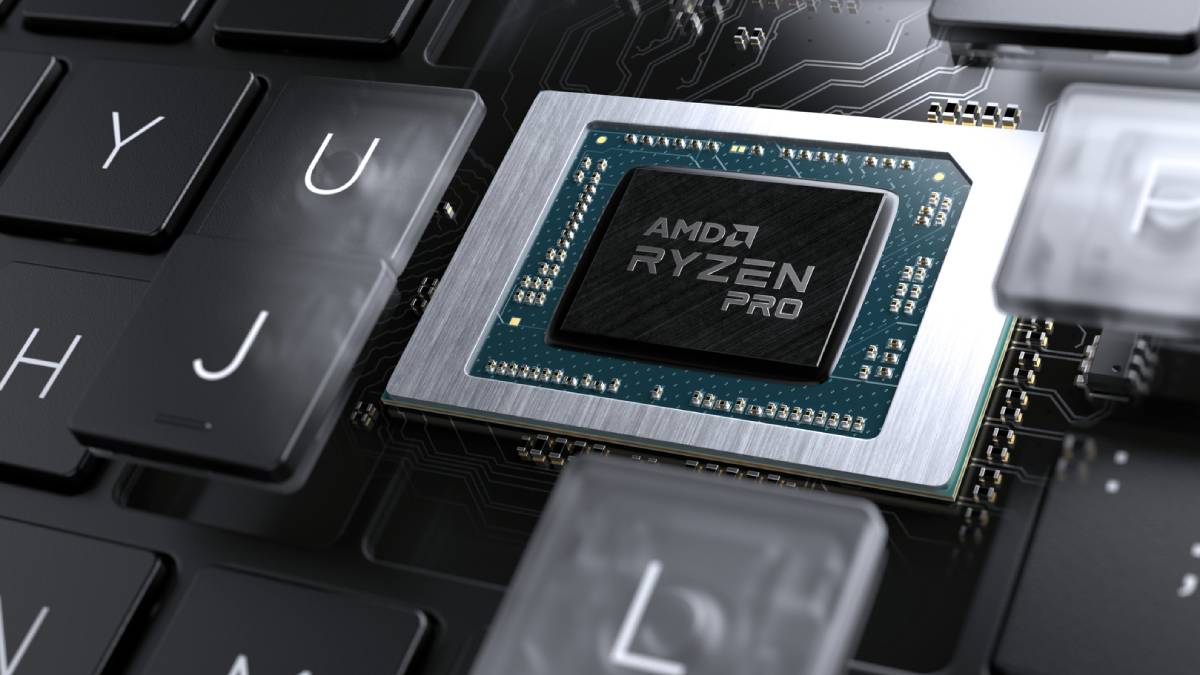AMD has announced that it will launch the first of its Ryzen 7000 series CPUs and their new AM5 series motherboard platforms in a live-streamed event at 4:30am IST on August 30 (7pm EST on August 29). The event will be presented by AMD CEO Dr. Lisa Su, CTO and EVP Mark Papermaster, and other company executives. Fans around the world can tune in on AMD’s YouTube channel and catch a replay shortly after the live stream ends. The chip manufacturer will finally disclose pricing and product specifications and disclose further details of the Zen 4 architecture on which these new CPUs are based.
AMD had confirmed the upcoming launch of the Ryzen 7000 series at its Computex 2022 event in May this year, promising unmatched performance for desktop PC gamers and enthusiasts. Now, the company has teased “a new era of performance desktop PCs” in its announcement. We can expect that versions of the Ryzen 7000 series for laptops will be announced at a later date.
Ryzen 7000 series CPUs, codenamed ‘Raphael’, are based on the new Zen 4 architecture. AMD has so far confirmed at least one model with up to 16 cores, manufactured by TSMC on a new 5nm process and arranged in modular ‘chiplets’ that allow for scalable designs and cost-effective integration. Boost clock speeds should be “significantly above 5GHz”, according to previous announcements. A new central IO die manufactured at 6nm will also be introduced.
Ryzen 7000 series CPUs will use a new LGA (land grid array) CPU package with pads instead of pins, requiring the motherboard socket to have pins that make contact with them. Also, AMD has said that all these CPUs will for the first time feature integrated graphics capabilities, based on the RDNA2 architecture. Other changes include a doubling of L2 caches and new instructions for accelerating AI workloads. AMD promises a 15 percent rise in single-threaded performance compared to the previous generation, plus significant power efficiency gains.
The new socket and AM5 platforms break upgrade compatibility with AM4 motherboards, which have been in use since the original Ryzen desktop CPU launch in 2017. This was necessary to introduce support for DDR5 RAM and shift to the PCIe 5.0 interconnect standard. However, the cooler mount and clearance remain the same, ensuring compatibility with all existing air and liquid coolers.
There will be at least three tiers of desktop motherboards at launch time. Those based on the X670 Extreme chipset will be aimed at “the most demanding enthusiasts” who want to use multiple PCIe 5.0 devices plus overclocking capabilities thanks to high-end power delivery features. The X670 chipset is for to “the bulk of enthusiasts and gamers” and will allow PCIe 5.0 lanes for at least one graphics card plus one M.2 storage device. Motherboards based on the B650 chipset will only support PCIe 5.0 for storage devices, which will be fine for most mainstream users.
Recent leaks point to AMD announcing models with Ryzen 9, Ryzen 7 and Ryzen 5 designations. Due to the positioning of the new platform, it is likely that previous-generation or even new AM4 products will continue to serve price-conscious customers for some time.
Check out our Latest News and Follow us at Facebook
Original Source
